Here are the first samples from Samsung's record-breaking 64MP camera sensor
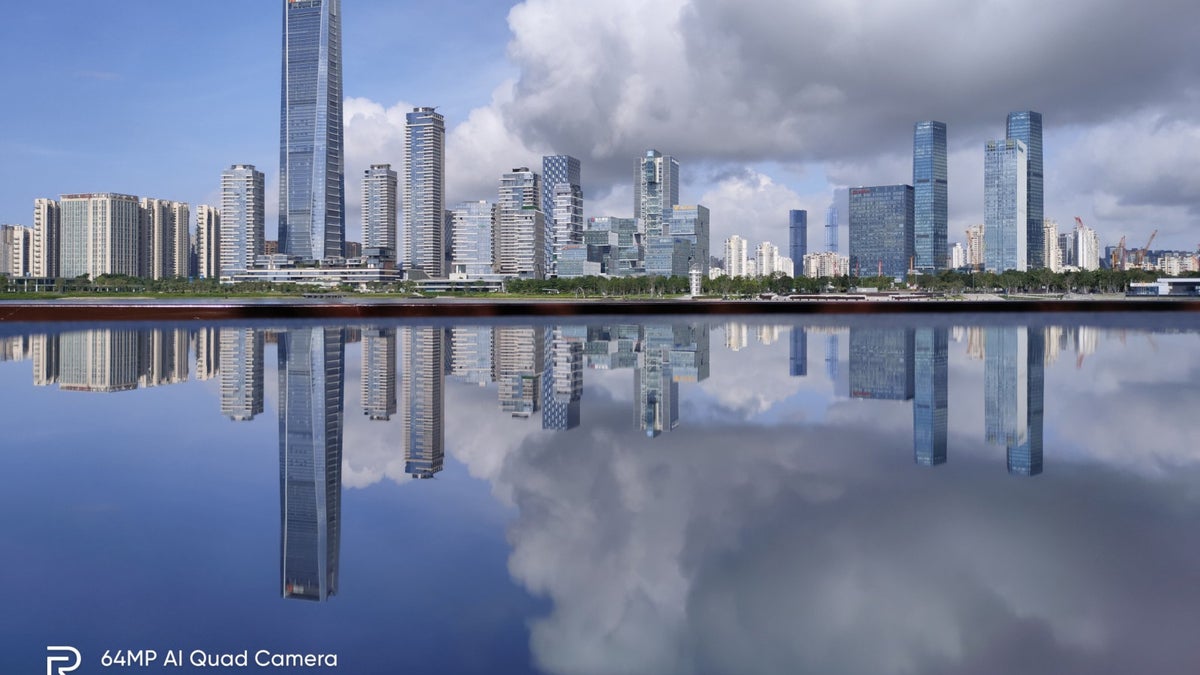
Not long ago, Samsung announced a phone camera sensor that carries a record resolution of 64 MP. That's way more than the current ubiquitous 48MP Sony sensor that every Chinese maker seems to slap in their handsets these days.
Needless to say, more pixels don't equate a better picture per se, as they are usually made tinier to fit the count, and collect less light, all other things being equal. With the magic of pixel-binning, or combining information from several pixels into one, however, not only is the resulting photo file smaller in size, but also the snap itself is usually able to overcome the smallish pixel size.
We can imagine the amount of pixel-binning that will be happening with a 64MP sensor, resulting in a nice 16MP photo if four pixels get folded into one virtual like how the current 48MP sensors churn out perfectly usable 12MP shots.
What phone will Samsung use its new 64MP camera sensor in first, then? Well, a Realme phone, it seems. If you haven't heard about the brand, now is our chance to shine by telling you that it belongs to the same BBK holding that is the parent company of brands like OnePlus, Vivo and Oppo.
Needless to say, more pixels don't equate a better picture per se, as they are usually made tinier to fit the count, and collect less light, all other things being equal. With the magic of pixel-binning, or combining information from several pixels into one, however, not only is the resulting photo file smaller in size, but also the snap itself is usually able to overcome the smallish pixel size.
What phone will Samsung use its new 64MP camera sensor in first, then? Well, a Realme phone, it seems. If you haven't heard about the brand, now is our chance to shine by telling you that it belongs to the same BBK holding that is the parent company of brands like OnePlus, Vivo and Oppo.
Working on the new premium killer! Introducing world's first smartphone camera with 64MP GW1 largest 1/1.72” sensor and mega 1.6µm pixel with amazing clear shots in low light too. RT if you want to see more “knockout” shots. #DareToLeappic.twitter.com/D54xNFdaVm
— Madhav 5G (@MadhavSheth1) 24 юни 2019 г.
Before Realme teased this sample from its upcoming phone with 64MP camera, leakster Ice Universe posted that "the international premiere of Samsung's 64MP sensor is in a mysterious model of the A series, while the domestic first is a mysterious model of Redmi."
This statement may still be technically correct as Realme has been established mainly for the Indian market but sells in China as well, and we don't know exactly when the 64MP phones will be announced. The Realme CEO only says by Q4, leaving plenty of time for Xiaomi to get ahead with the world's first 64MP phone.
What does Samsung's 64MP GW1 sensor with Tetracell technology offer besides high-res photos? Well, improved low-light performance, better highlights exposure for bright elements, even faster autofocus and improved HDR photography, nearing the perception of the human eye. The proof is in the pudding, i.e. the actual photos, though, and the first sample seems to be doing a good job with tricky components like clouds and reflections.



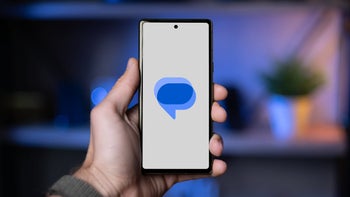
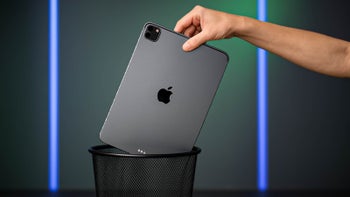
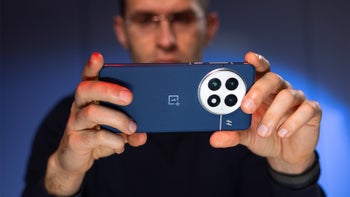
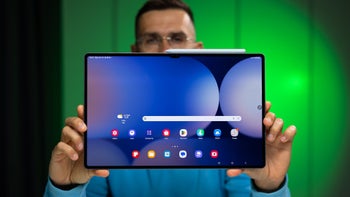

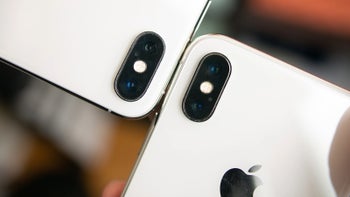
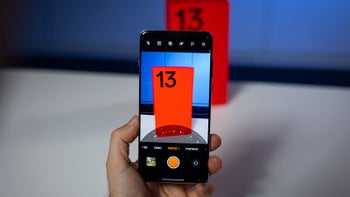
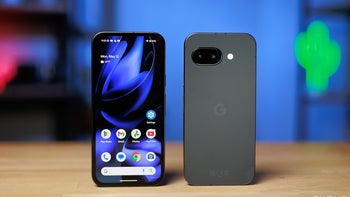

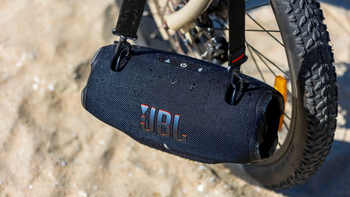
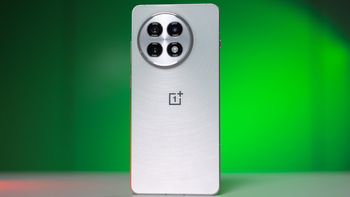
Things that are NOT allowed:
To help keep our community safe and free from spam, we apply temporary limits to newly created accounts: